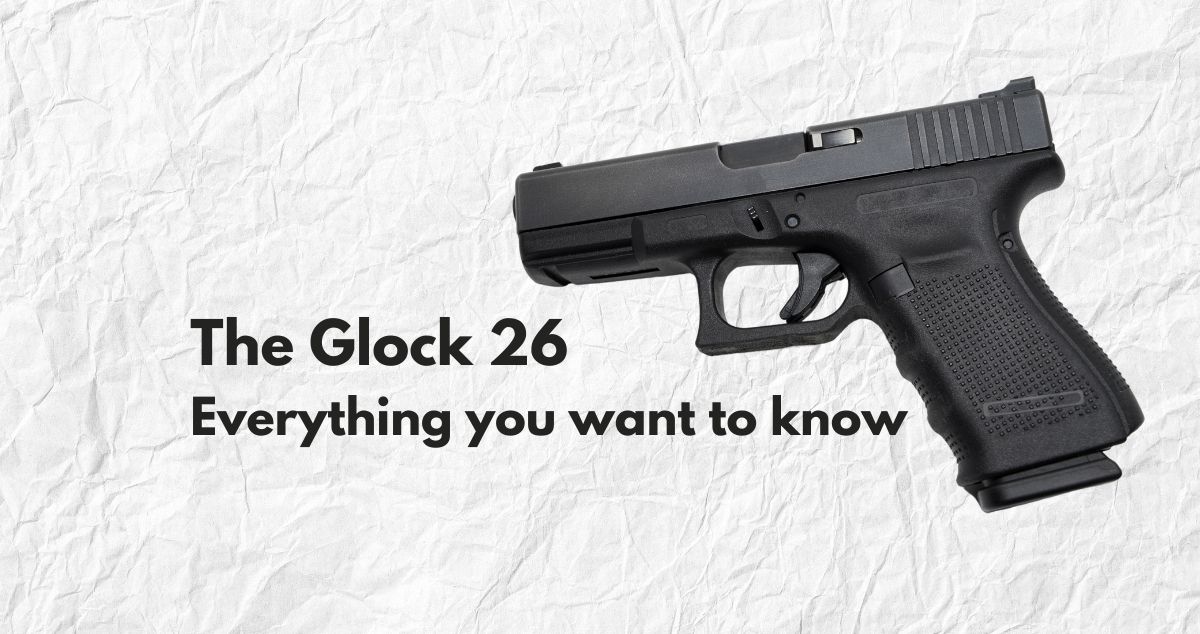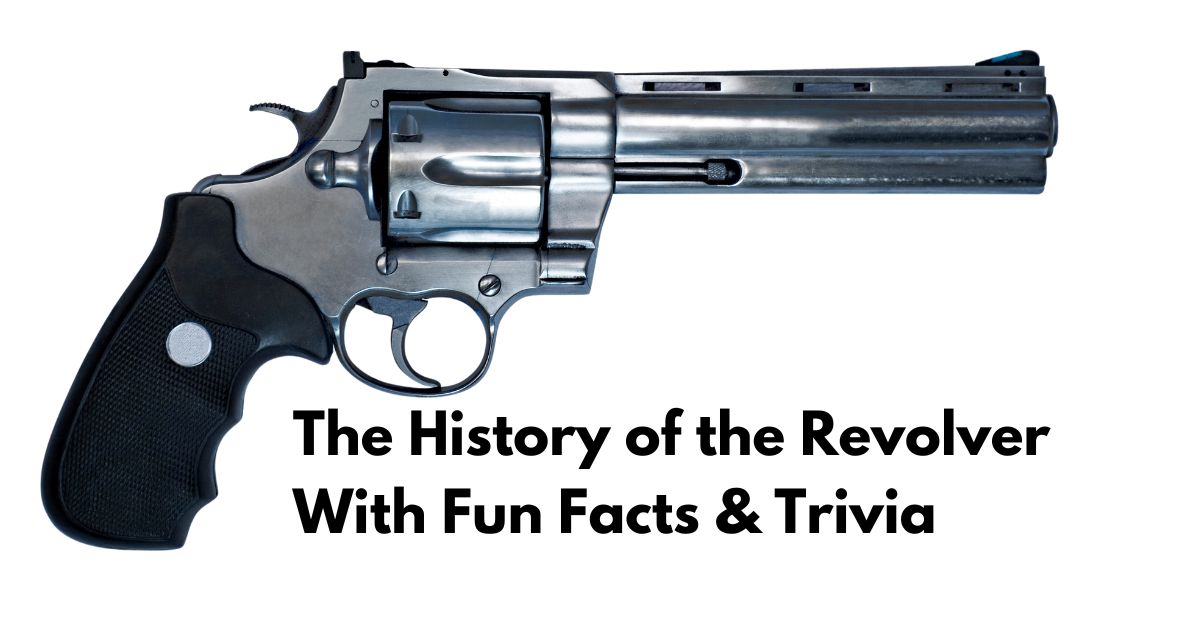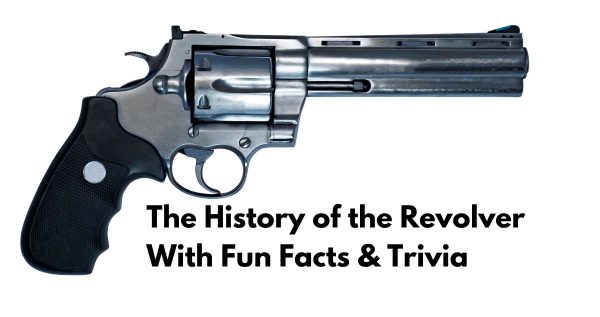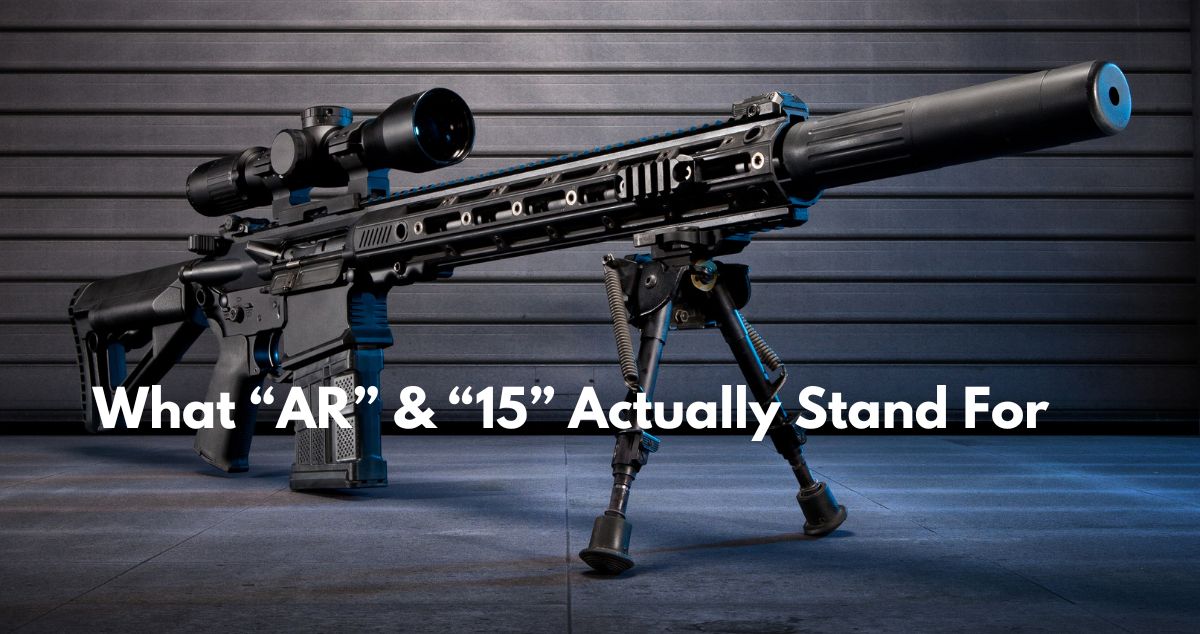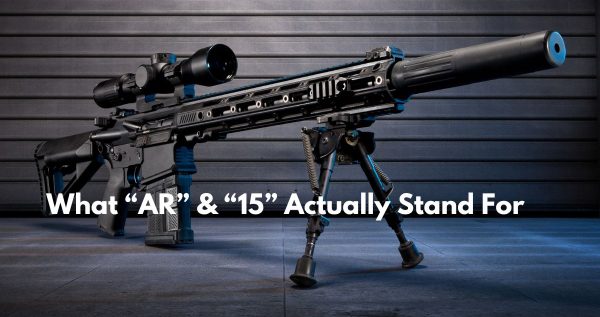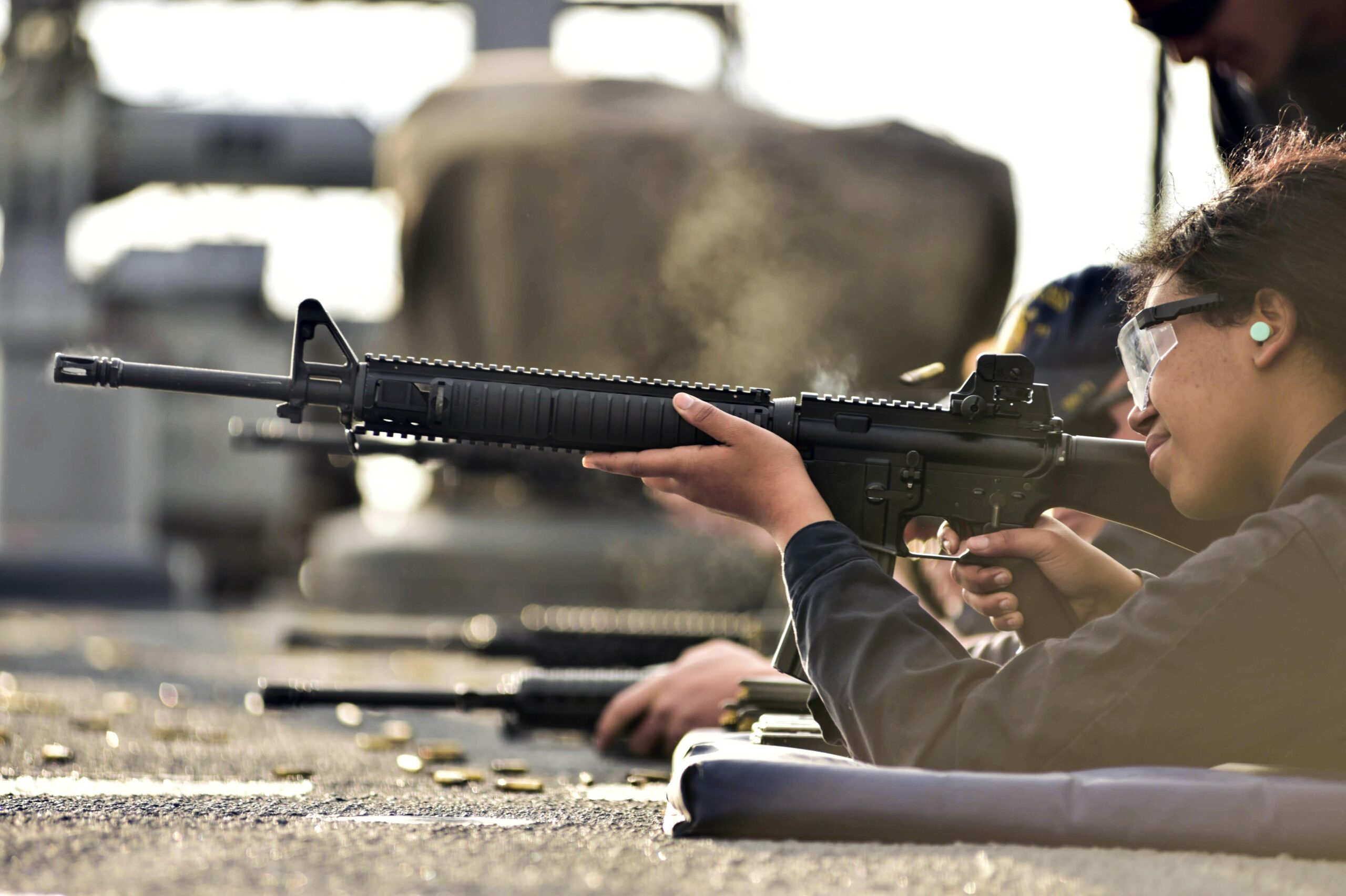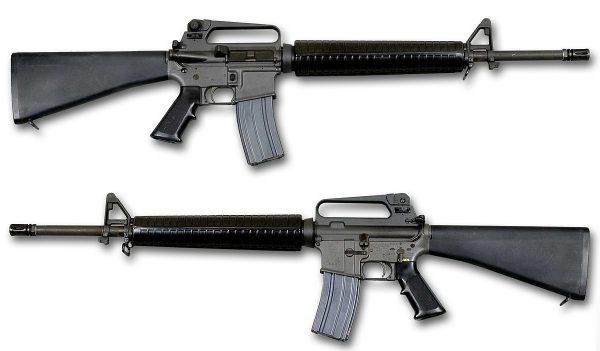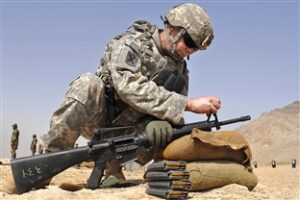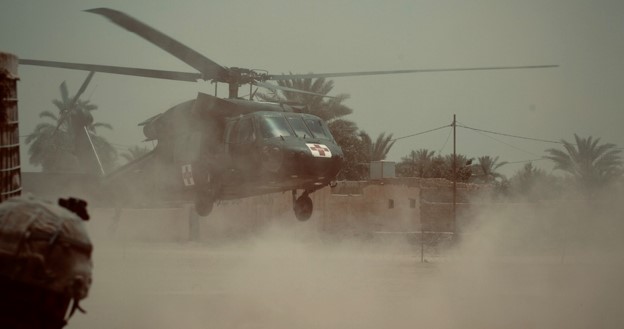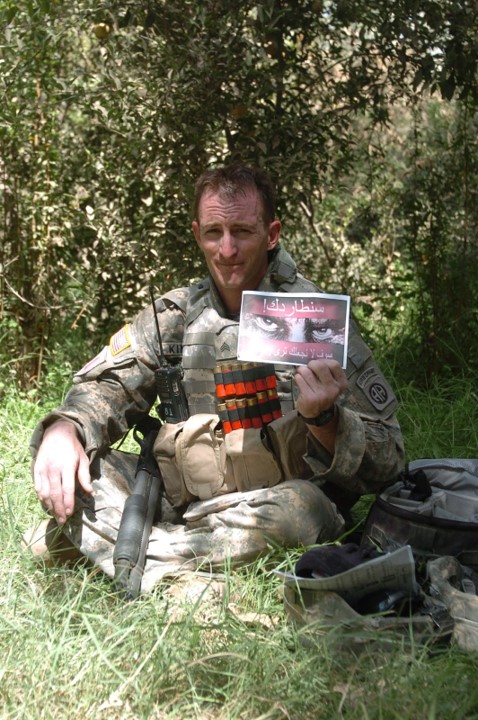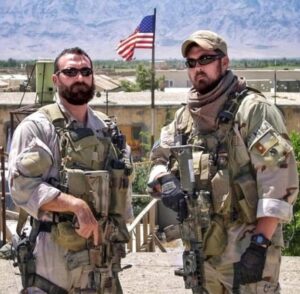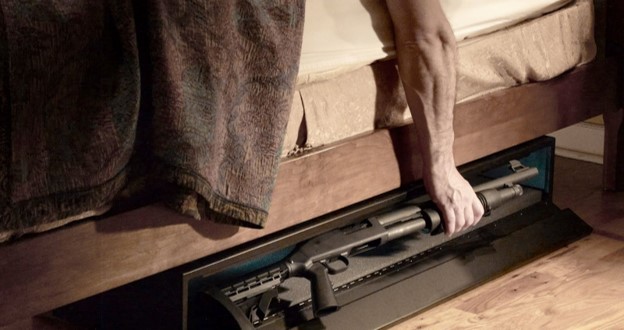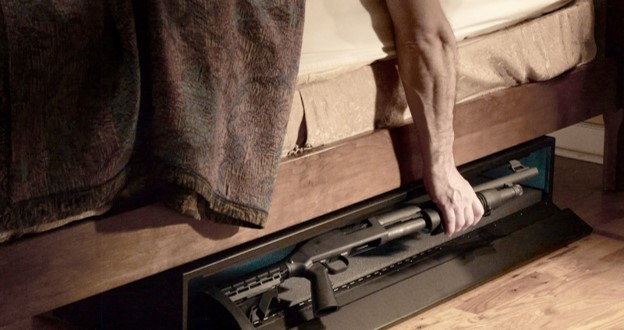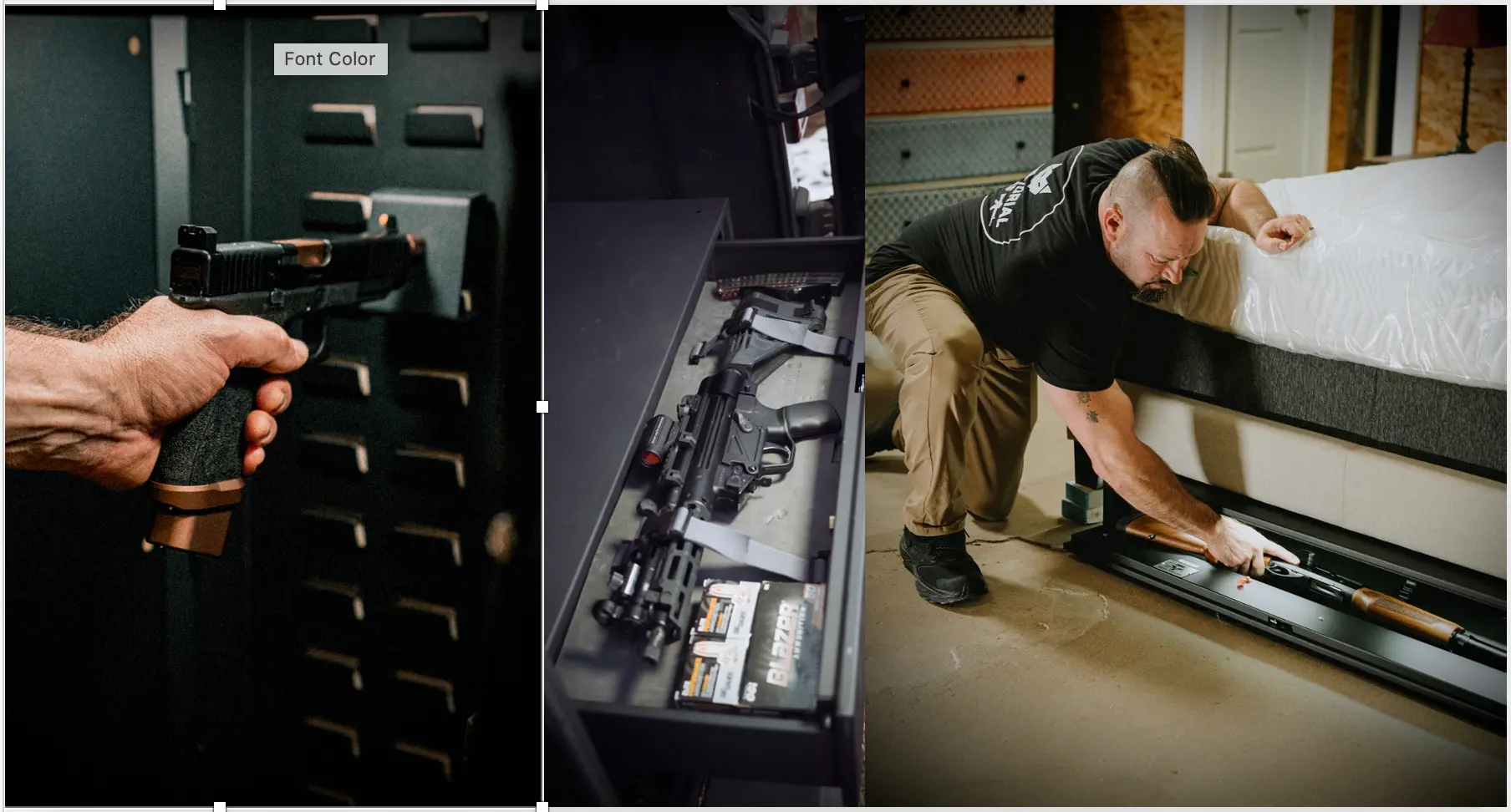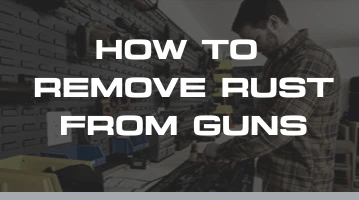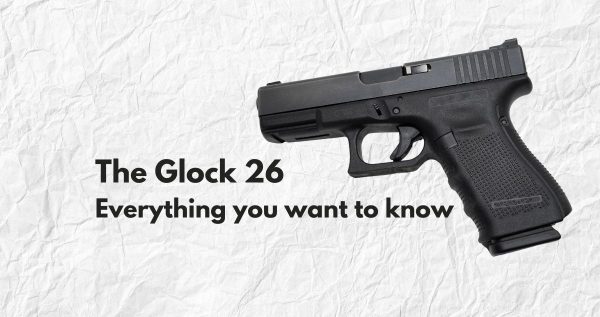
The Glock 26 (baby glock) was first introduced in 1994 as an easy-to-conceal self defense firearm as it is similar in both size and weight to snub nose revolvers, fires a 9mm cartridge, and has a polymer frame with Gen 5 features. The Gen 5 features include the triggering mechanism and slide stop levers that are ambidextrous.
Although the Glock 26 doesn’t have the same power as the popular 17 and 19 models that are more common for self-defense, it does make a perfect backup if you are often in situations where these two models are needed. And that includes law enforcement and security professionals.
The standard capacity of the magazine is 10 cartridges, but you can hold more rounds by changing it out. Remember, it is for personal defense and in close quarters, so it is likely not going to be good for hiking or outdoors, and certainly not a proper handgun if you come across a bear in the wild. It could however be good for self defense if you’re camping and a human intruder decides to create a situation where self defense is necessary because of its accuracy and ability to be concealed.
The effective range of the Glock 26 is only 20 to 150 feet depending on who you ask compared to the 1911 which is more commonly considered to be effective up to 150. That’s also why the Glock 26 is recommended for self defense in close encounters situations.
An alternate handgun to the Glock 26 is the Glock 27 known as the “pocket rocket”. They are interchangeable, so if you have to choose between them, find a firing range that lets you try both and see which feels better for you. Both are for self defense, and in threat situations you’ll want the handgun that “shoots better” for your ability. The 27 is a bit more powerful so there will be more recoil than a Glock 26, and that can make a difference when seconds count.
Fun Facts About the Glock 26
If you find yourself in a game of trivia, here’s some Glock 26 fun facts to stump your friends and win.
Hugh Jackman carried one in the movie Prisoners in 2013, and so did Gerard Butler in the same year with his role in Olympus Has Fallen. Emily Blunt had a Glock 26 for her sidearm in the 2015 film Sicario, and Keanu Reeve’s sports one as one of his go-to guns in John Wick Chapter 2.
Glock 26s have been seen on TV including shows like Breaking Bad, Dexter, and The Walking Dead. It’s also in music videos like Nicki Minaj, Drake and Lil Wayne’s “No Frauds” and “Rockstar” by Post Malone.
Coming in under $600 on average, it’s an affordable pistol for self defense, and it is fairly easy to clean and lubricate. Always check the owner’s manual, but here are some basic steps.
How to Clean a Glock 26
- Start by removing the slide pulling it slightly back and then pull down on the slide lock lever on both sides of the frame, and move the slide forward off the frame.
- Remove the recoil spring assembly and barrel from the slide.
- Clean the barrel by applying a small amount of solvent to a cleaning patch. This is done by attaching the patch to a cleaning rod and running it through the barrel from the chamber end to the muzzle end.
- Then let the solvent sit for a bit to break down residue.
- Now use a bore brush to scrub the inside of the barrel running clean patches through the barrel until they come out clean.
- Next clean the slide with a nylon brush and solvent to clean the inside focusing on the rails and breech face.
- Wipe down with a clean cloth to remove residue and solvent.
- Now clean the frame with a nylon brush, especially around the trigger mechanism and rails.
- Last is to wipe down any remaining parts with residue on them, making sure to check the recoil spring.
- Lubricate and reassemble.
Remember to always make sure the firearm is unloaded and no ammunition is nearby when you’re cleaning it.
And now you know everything about the Glock 26 whether you’re looking for a new pistol for self defense, or were just curious about this make and model.
